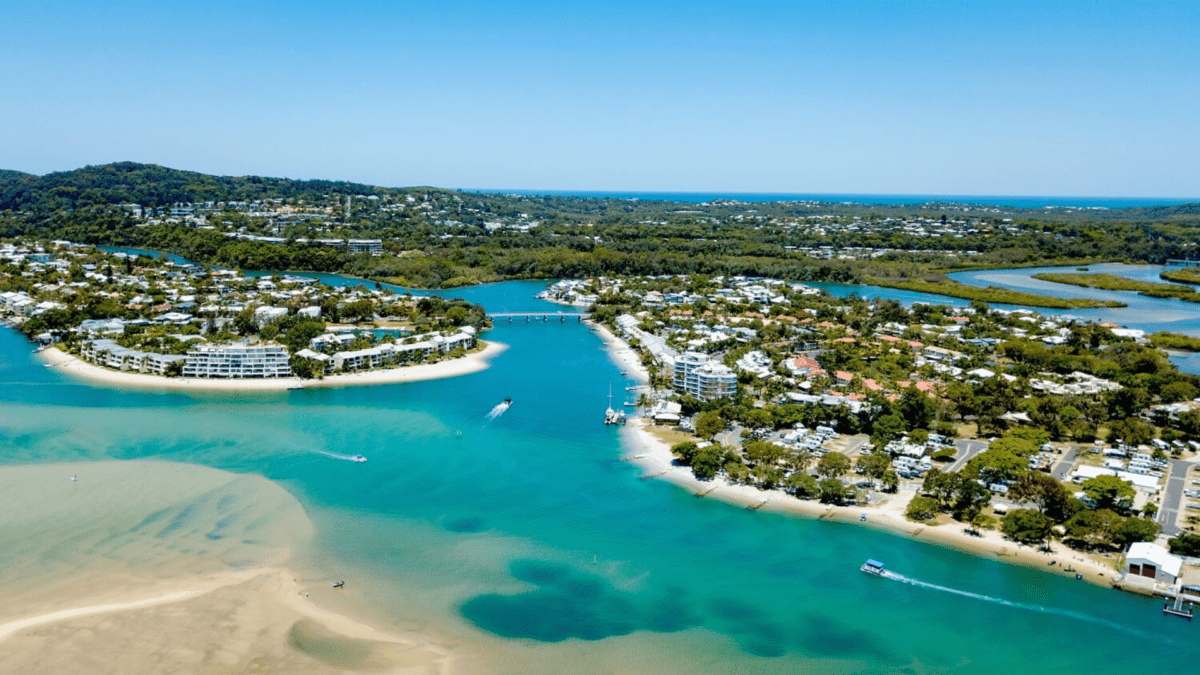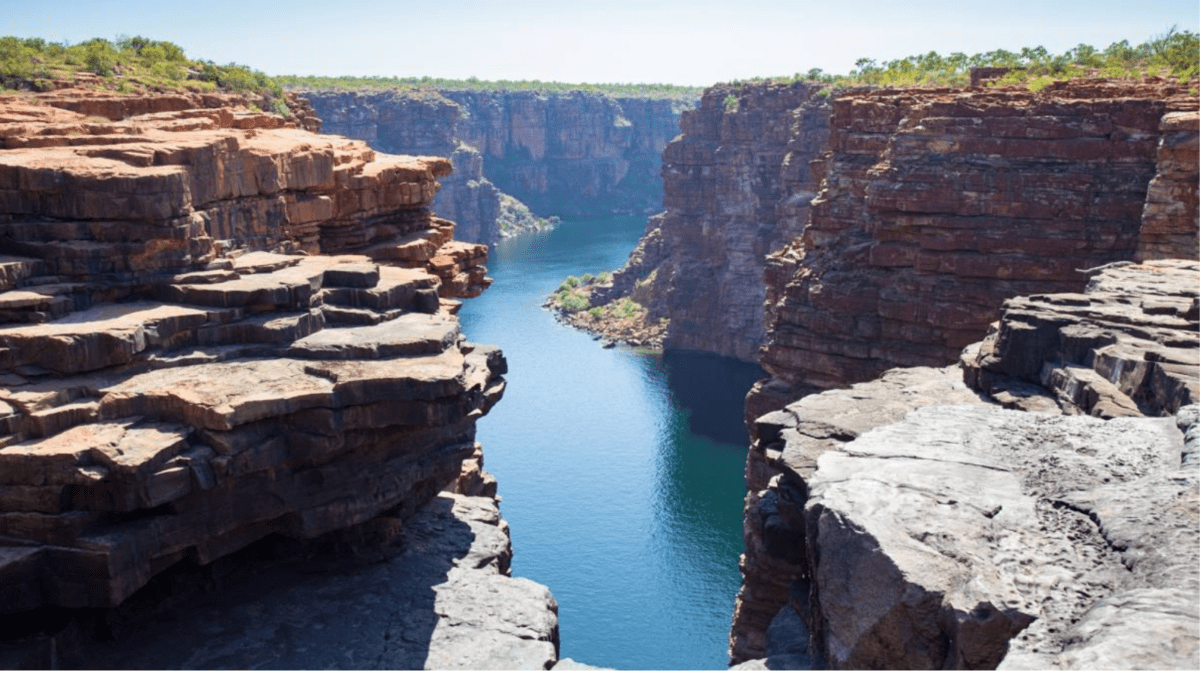Moving location on retiring has definite benefits
If you’re contemplating selling up and moving to a new location to enjoy your retirement years, you’re not alone with up to 40 per cent of people having plans to sell and move to a location that will better support their ideal retirement.
There are good reasons to do so, too. Research shows that living in a city increases the risk of cardiovascular and respiratory diseases, as well as stroke, heart disease and lung cancer. Finding a pristine bit of land in a quaint country town, or even downsizing to a caravan or houseboat to spend your days touring Australia, isn’t just a lifestyle change. It may well prolong your life, too.
Many places across Australia are considered havens for retirees. Some of the most notable regions and towns include Coffs Harbour, Berry, the Mornington Peninsula and the Sunshine Coast (pictured). However, all these locales offer very different lifestyles and retirement experiences, so it’s important to weigh up the merits and challenges of each before deciding what is ideal for your retirement.
Key considerations should include:
Access to health infrastructure: While the air might be healthier in the regions, a good hospital might be too far away in many parts of regional Australia. Unfortunately, while the cities do offer world-class health facilities, regional Australia tends to be left behind, largely reflecting the fact it’s home to less than 30 per cent of the population and is spread across a vast area.
Technology can mitigate some of that – telehealth is an increasingly common way to organise consultations with doctors and specialists. However, you should still make sure that you’re within a decent travelling distance of a quality regional hospital and transportation is readily available.
Isolation: Feelings of isolation are one of the biggest risks for retirees, and that often comes down to having the social infrastructure to support them. Before you decide on a location to retire, have a look at what kind of support and community services are available.
Cost of living: If you’re fortunate enough to be able to downsize and sell your home to buy a less expensive property in your new town, then that is one fewer cost consideration. But the cost of living can vary wildly across Australia, and you should do some due diligence first.
Ask yourself whether there is an adequate number of supermarkets in the town, and what kind of delivery services are available if you need to source things from outside of town. Buying furniture, for example, can be very expensive if you need to have it shipped from a major city and your new town lies outside their standard courier services.
Likewise, look at the cost of petrol, and what kind of public transport is available. Most of Australia’s smaller towns aren’t great with public transport options, so you’ll need to factor in whether you can afford a car and the costs of running it, or you’ll need to find a location close to the centre of town to move into, where you’ll be able to get around on foot or bike.
Energy bills: One final, significant cost to consider is heating and cooling costs. Electricity is expensive in Australia, and many locations across Australia are insufferably uncomfortable without airconditioning in summer or heating in winter. If you want to minimise the cost of the power bill, climate should be a factor you pay particular attention to, and you should look for some of the more mild, coastal locations – the stretch between Sydney and Brisbane tends to be the “sweet spot” for mild conditions on both sides of the temperature scale.
Ultimately, the main goal needs to be to find a place that you love. If you love the rugged landscape of inland Australia or see yourself fishing for the pristine catches that only Tasmania’s chilly waters can provide, then you can make it work. Just make sure that you’ve factored in the costs and challenges that this will bring you in retirement, and you’ll be set to enjoy the most perfect twilight years.











